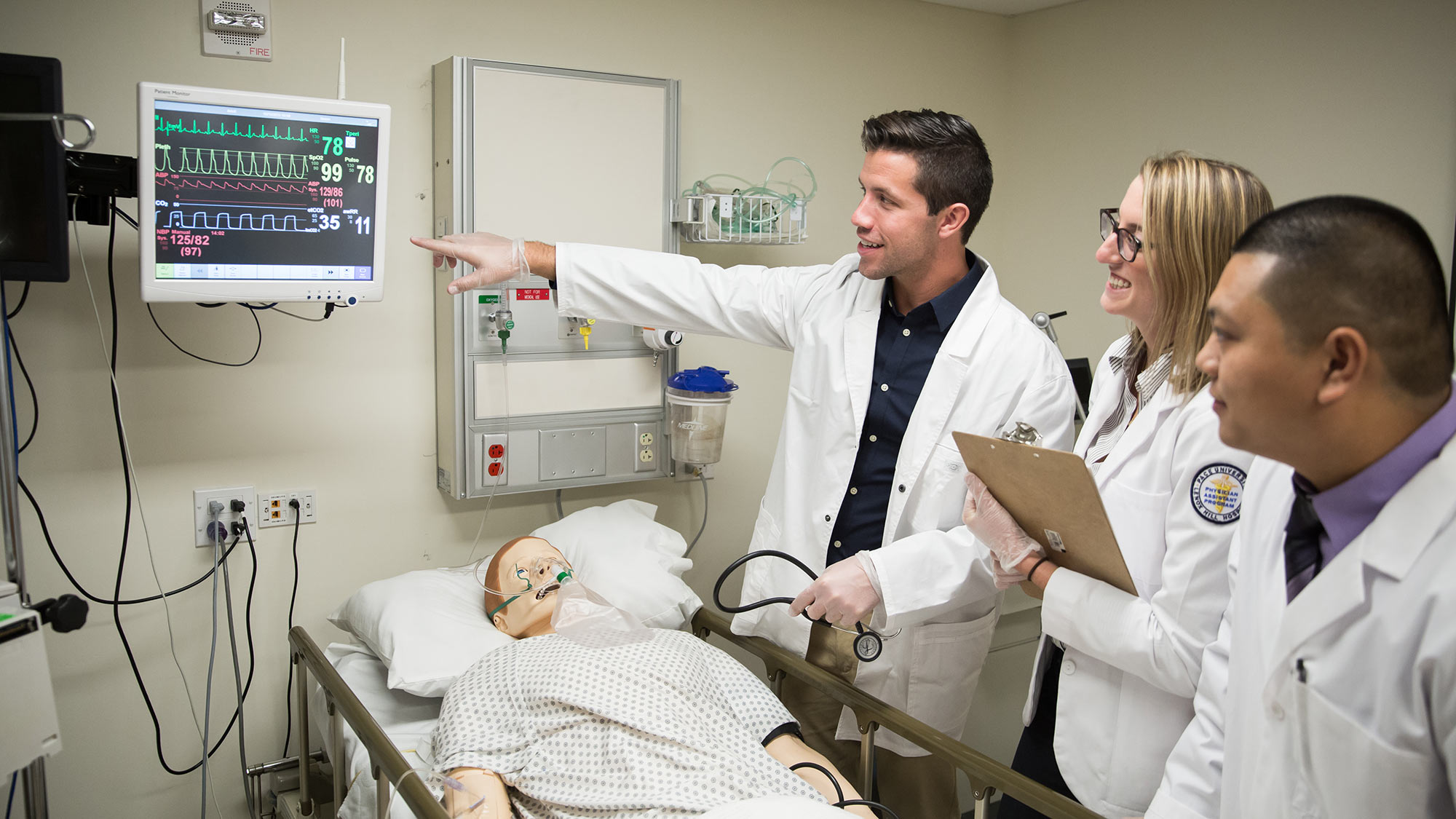Physician assistants (PAs) play a crucial role in the healthcare system by providing medical care under the supervision of licensed physicians. They perform various tasks, including diagnosing and treating illnesses, prescribing medications, and assisting in surgeries. Due to the increasing demand for healthcare services and the pivotal role they play, the average physician assistant salaries have become a topic of interest. We will discuss the factors influencing these salaries and provide an overview of the average compensation PAs receive.
Physician Assistant Salary
Several factors contribute to the variation in physician assistant salaries. Firstly, geographic location plays a significant role. PAs working in urban areas with a high cost of living tend to earn higher salaries compared to those in rural regions. This is because the demand for healthcare services, including PAs, is usually greater in cities, leading to higher pay rates. Additionally, the local economy and competition level can also impact salaries. Highly populated areas generally offer higher compensation to attract and retain qualified PAs.
Education and experience are also vital considerations in determining the average physician assistant salaries. PAs who obtain a master’s degree or higher tend to command higher pay rates compared to those with only a bachelor’s degree. Moreover, the number of years of experience has a direct correlation with earning potential. PAs with extensive experience may negotiate higher salaries due to their advanced skills and knowledge.
Another determining factor is the industry in which PAs work. Physician assistants can find employment in a variety of settings, such as hospitals, clinics, private practices, and academic institutions. Each sector may offer different salaries based on factors like size, specialization, and funding sources. Generally, PAs working in hospitals or specialty clinics tend to earn higher salaries compared to those in primary care settings.
According to the Bureau of Labor Statistics, the median annual wage for physician assistants was $125,390. This figure demonstrates the average salary across the country, considering various factors like geographical location, experience, and industry. However, it is essential to note that salary ranges can vary significantly by state. For instance, states like Alaska and Connecticut tend to offer higher salaries, while states like Arkansas and Mississippi offer relatively lower compensation.
The average physician assistant salaries are influenced by several factors. Geographic location, education, experience, and industry all play a vital role in determining PAs’ earning potential. While the median annual wage for PAs in the United States is $125,390, this figure can vary significantly by state and other individual circumstances. As the demand for healthcare services continues to grow, it is expected that physician assistant salaries will remain competitive, attracting qualified professionals to this critical profession.
